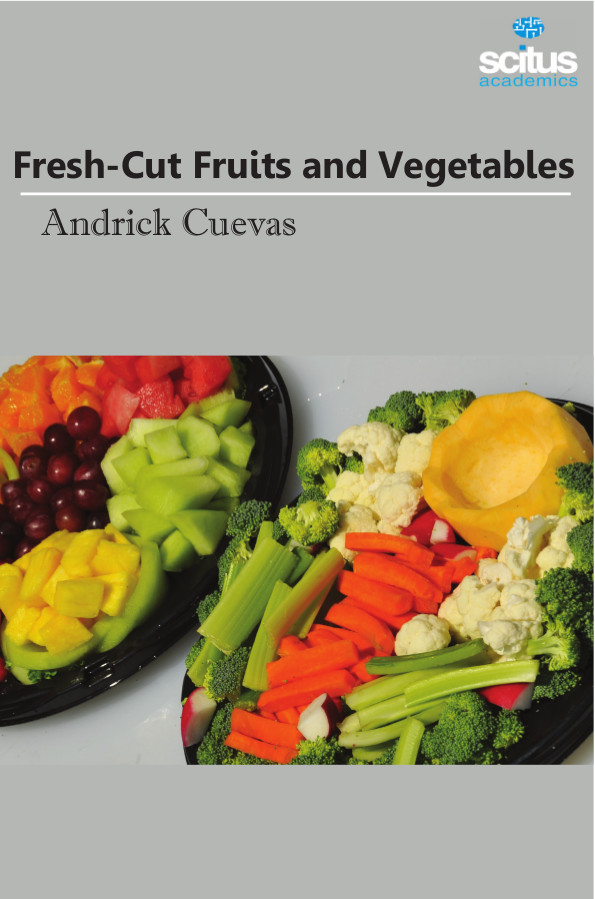Fruit and vegetable production and consumption globally have shown a marked upward trend over the past several years. Rising consumer demand in the world has come with greater awareness of food safety issues and increased need for convenience and quality. The fresh-cut produce sector has responded to these demands, and is currently at different stages of development across the globe. Assuring the safety and quality of fresh-cut produce necessitates the selection of high quality horticultural produce for processing, and the implementation of good practice during processing operations in order to maintain produce quality and assure safety of the final product. Today’s society is characterized by an increasing health consciousness and growing interest in the role of food for maintaining and improving human well-being and consumer health. In addition to their nutritional and sensory properties, foods are currently recognized as active and protective agents. In the last years, their consumption has continued to grow rapidly linked to the increased public awareness of their health benefits. On the other hand, this new trend, has also hiked the chances of outbreaks of food poisoning and food infection related to consumption of fresh fruit and uncooked salad.
Fresh-Cut Fruits and Vegetables highlights on the use of emerging technologies to ensure microbiological stability and quality of fresh-cut fruits and vegetables. In particular, the aim of the content is to give an insight into the current knowledge on the technologies mostly suggested to ensure microbiological stability and quality of fresh-cut fruits and vegetables, in order to marketing and supply information about this subject which remains still a major challenge for the food industry. The book provides helpful guidelines to the industry for minimizing deterioration, keeping the overall quality, and lengthening the shelf life. Technology, physiology, quality, and safety of fresh-cut fruits and vegetables are emphasized.
It is well known that processing of fruit promotes a faster physiological deterioration, biochemical changes and microbial degradation of the products which may result in degradation of its color, texture and flavor, even when only slight processing operations are used. Prior to being packaged for consumption, minimally processed fruits are subjected to one or more mild unit operations, which include washing ⁄ sanitizing, peeling, cutting and/or slicing, dicing, shredding, etc. A special attention is necessary for mechanical operations considered very critical to delimit the shelf life of fresh-cut fruit commodities, causing the rupture of many cells and the liberation of intracellular products (such as oxidizing enzymes); at the same time, the surface of produce is exposed to air and to possible contamination with bacteria, yeasts and molds. It is important to underline that cutting increases the area of injured tissues favoring elevated respiration, promoting further rapid deterioration and microbial proliferation.













